Few motorcycle manufacturers can seriously claim to have entered the industry at the top of the market but that is exactly what W.G. ‘Bill’ Henderson did when he sprang his four-cylinder motorcycle on the market in 1911. An engineering masterpiece in every way with four separate, air-cooled cylinders arranged in line, great mechanical efficiency was achieved by the overhead inlet and side exhaust valve arrangement. Bill Henderson knew the need for rider comfort on the rough out of town roads and achieved this by mounting the engine in a particularly long wheelbase frame, the handlebars stretching back half the length of the fuel tank to the rider who sat above the smooth running and revving 1,068cc engine. This bike found its way to Scotland, (the Henderson family homeland), and was bought new by its discerning first owner, Frederick Burnett of 11 Grindlay Street, Edinburgh, no doubt influenced by the excellent spares service offered by the Henderson organisation. When Burnett was called up for military service he took with him his trusty Henderson, using it in Norfolk, England, whilst on active service during the First World War. Remarkably a photograph of Burnett in his military uniform astride the Henderson survives. Scottish collector, Michael Mutch, discovered this bike, still in the hands of its original owner, in an Edinburgh cellar in 1960, acquiring it for display in the Myreton Motor Museum in East Lothian, Scotland. He proudly rode it in 1961 on the Vintage Run organised by The Perth & District Motor Club, achieving a coveted Finisher’s Award in what would undoubtedly have been a hilly and challenging event. Since that time the machine has seen little use and was displayed in the museum following a sympathetic restoration, carefully retaining original factory features in all major respects. The bike retains that delightful patina which the most skilled restorer cannot recreate and is well equipped with Powell & Hanmer acetylene lighting and a Gloriaphone hand-operated klaxon. A Cowey Engineering Co. Ltd. 0-80mph speedometer is driven from the front hub and a well-sprung Brooks leather saddle provides rider comfort. Eminently suitable for the more ambitious bike tour, this powerful motorcycling icon is currently British registered and indeed also comes with a British registration document dating from 1925 recording details of its first owner.
Few motorcycle manufacturers can seriously claim to have entered the industry at the top of the market but that is exactly what W.G. ‘Bill’ Henderson did when he sprang his four-cylinder motorcycle on the market in 1911. An engineering masterpiece in every way with four separate, air-cooled cylinders arranged in line, great mechanical efficiency was achieved by the overhead inlet and side exhaust valve arrangement. Bill Henderson knew the need for rider comfort on the rough out of town roads and achieved this by mounting the engine in a particularly long wheelbase frame, the handlebars stretching back half the length of the fuel tank to the rider who sat above the smooth running and revving 1,068cc engine. This bike found its way to Scotland, (the Henderson family homeland), and was bought new by its discerning first owner, Frederick Burnett of 11 Grindlay Street, Edinburgh, no doubt influenced by the excellent spares service offered by the Henderson organisation. When Burnett was called up for military service he took with him his trusty Henderson, using it in Norfolk, England, whilst on active service during the First World War. Remarkably a photograph of Burnett in his military uniform astride the Henderson survives. Scottish collector, Michael Mutch, discovered this bike, still in the hands of its original owner, in an Edinburgh cellar in 1960, acquiring it for display in the Myreton Motor Museum in East Lothian, Scotland. He proudly rode it in 1961 on the Vintage Run organised by The Perth & District Motor Club, achieving a coveted Finisher’s Award in what would undoubtedly have been a hilly and challenging event. Since that time the machine has seen little use and was displayed in the museum following a sympathetic restoration, carefully retaining original factory features in all major respects. The bike retains that delightful patina which the most skilled restorer cannot recreate and is well equipped with Powell & Hanmer acetylene lighting and a Gloriaphone hand-operated klaxon. A Cowey Engineering Co. Ltd. 0-80mph speedometer is driven from the front hub and a well-sprung Brooks leather saddle provides rider comfort. Eminently suitable for the more ambitious bike tour, this powerful motorcycling icon is currently British registered and indeed also comes with a British registration document dating from 1925 recording details of its first owner.

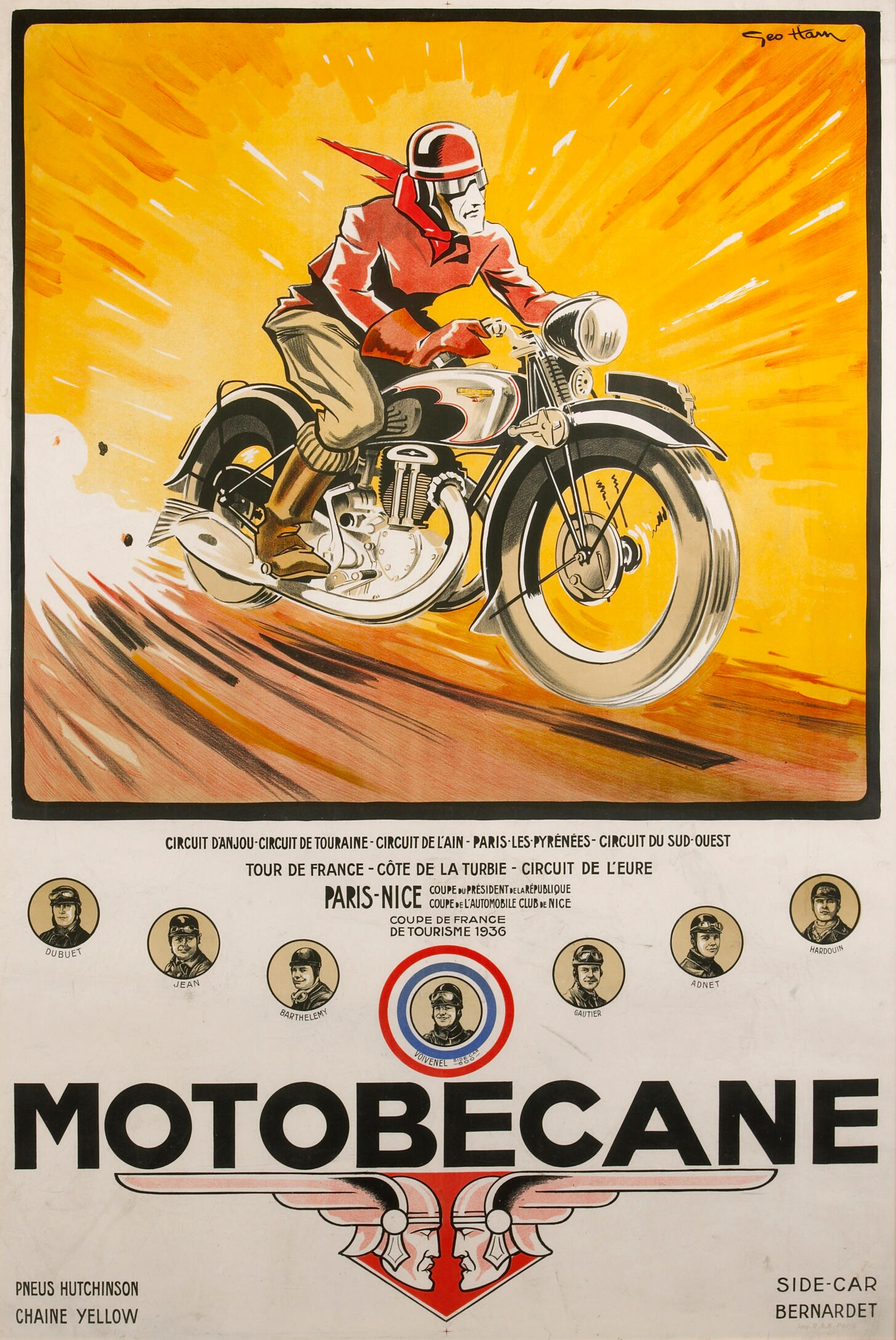
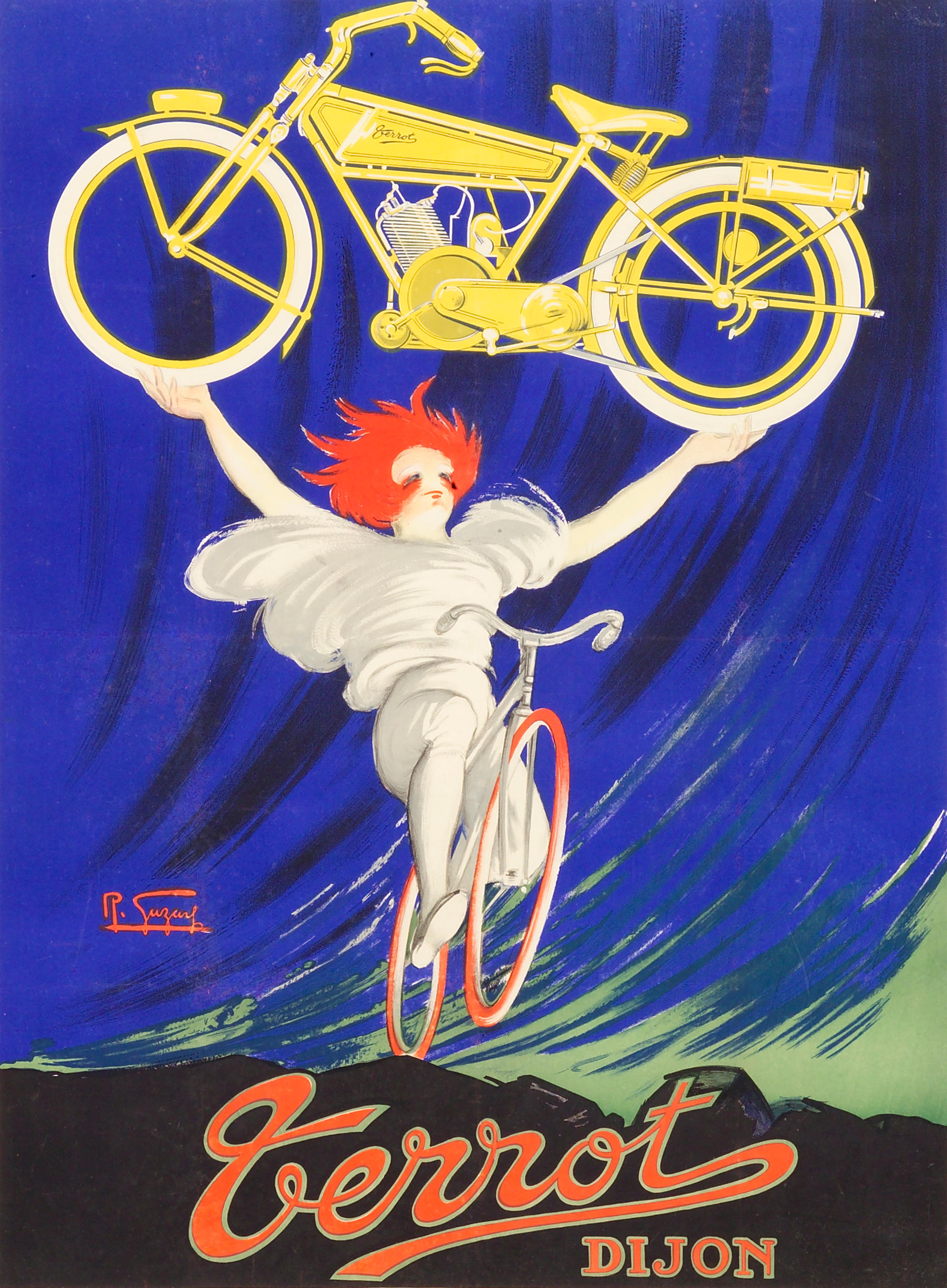
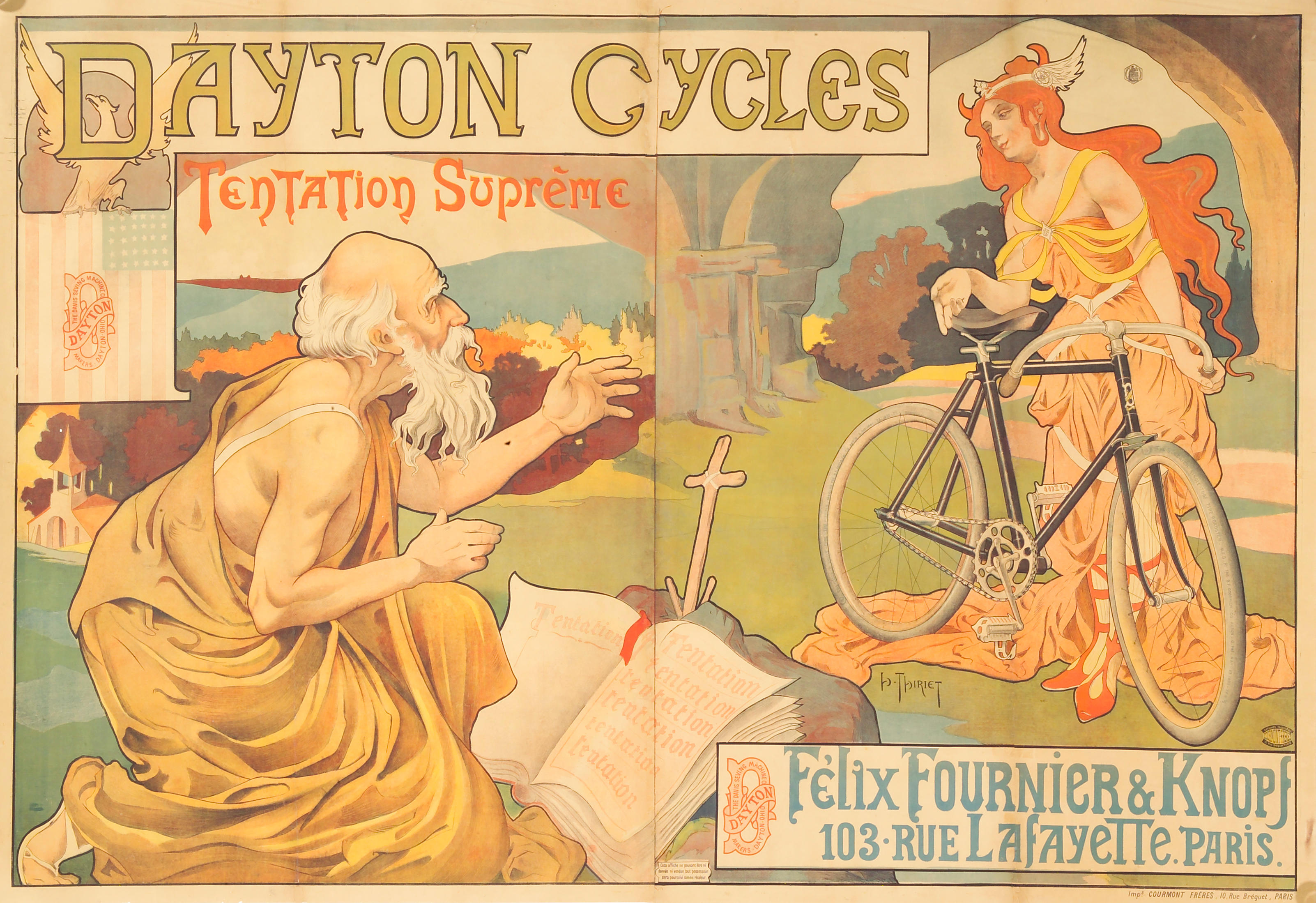
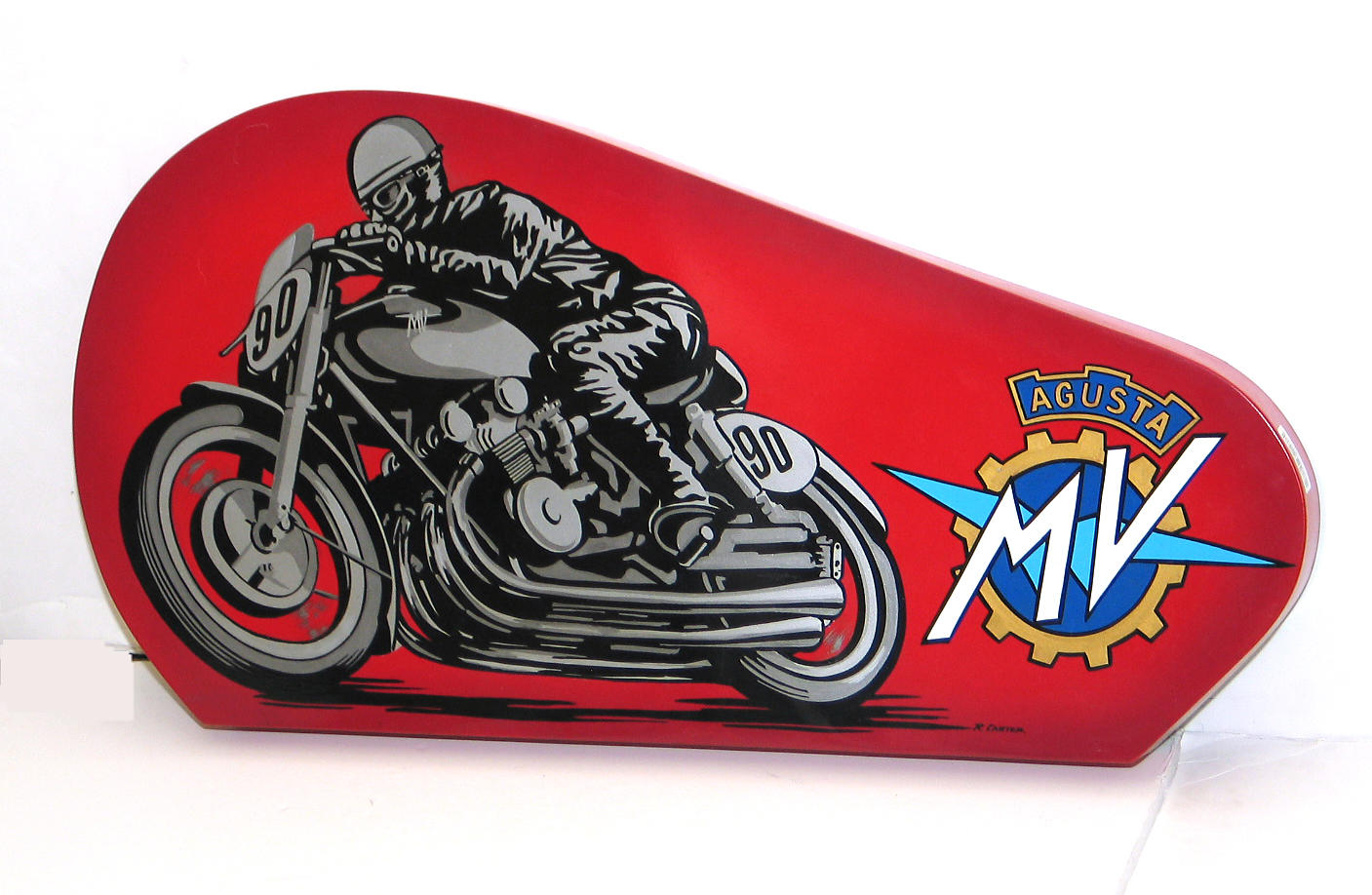
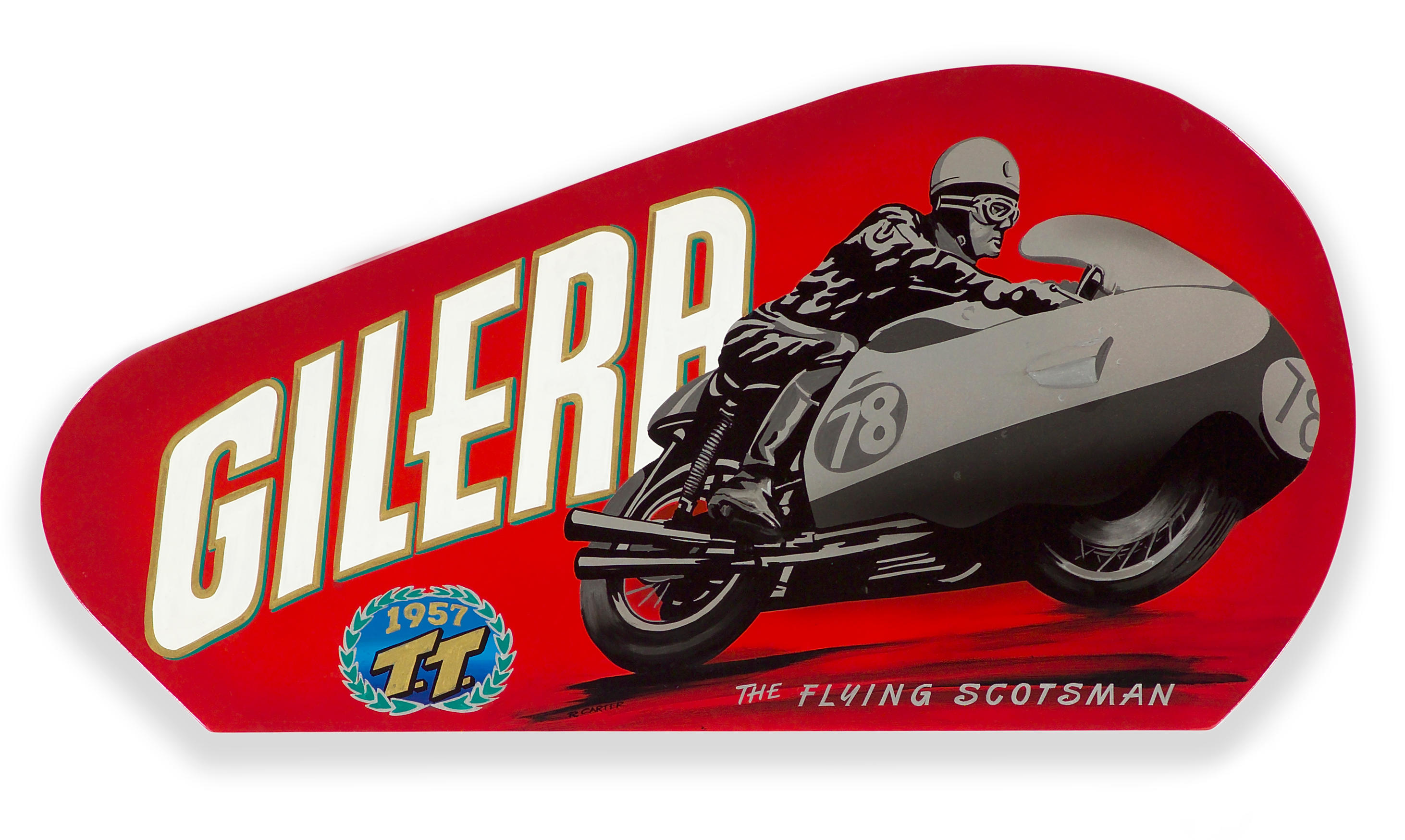
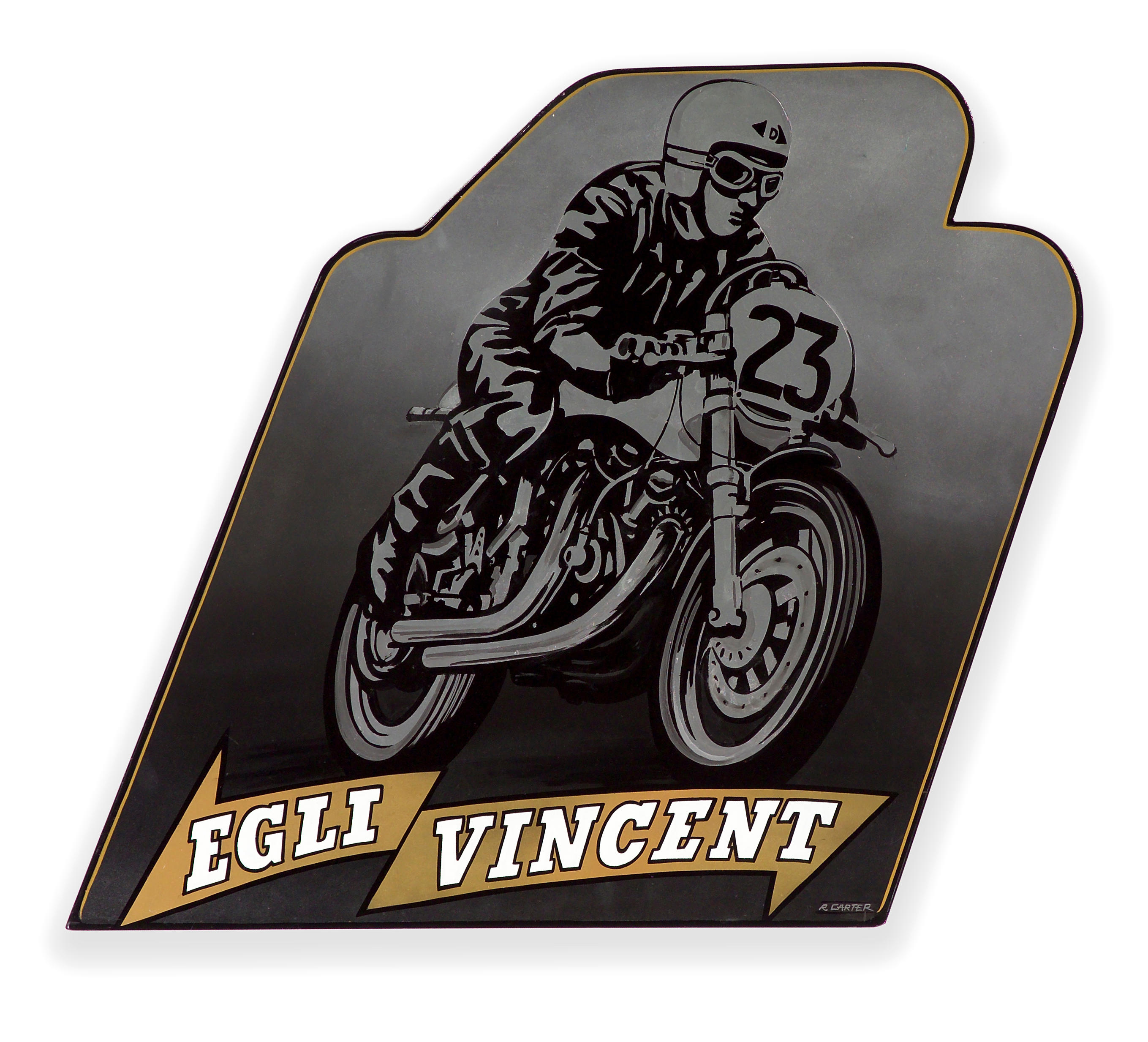
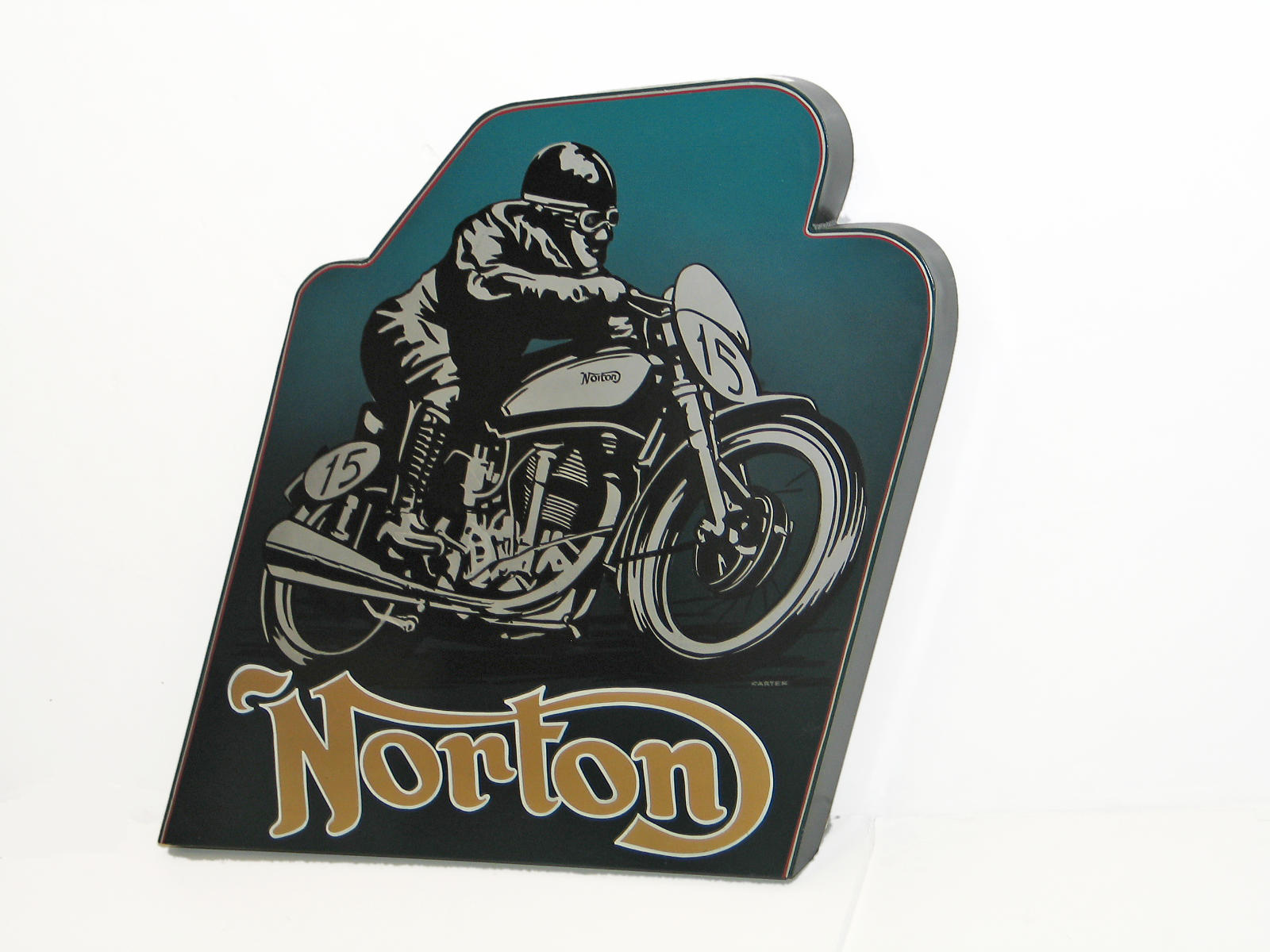
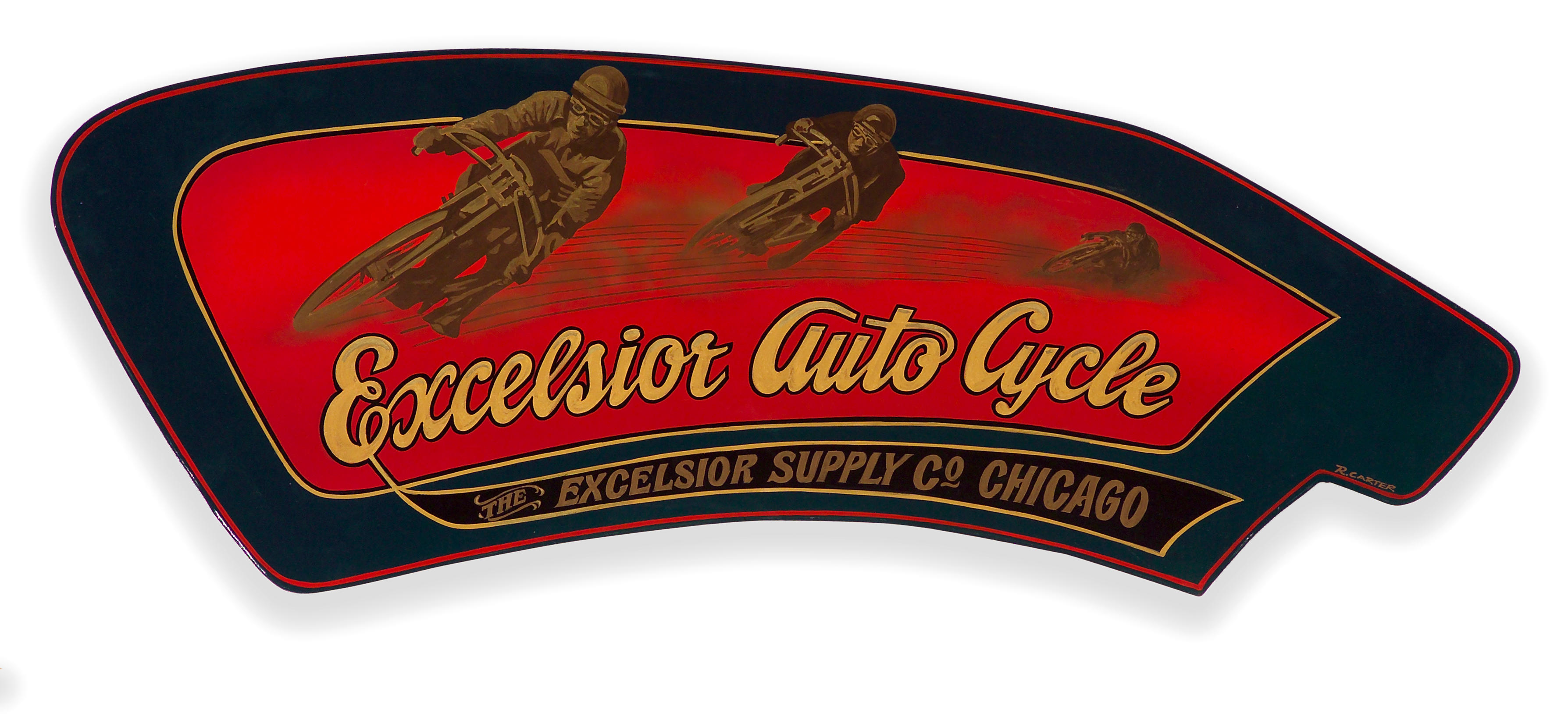

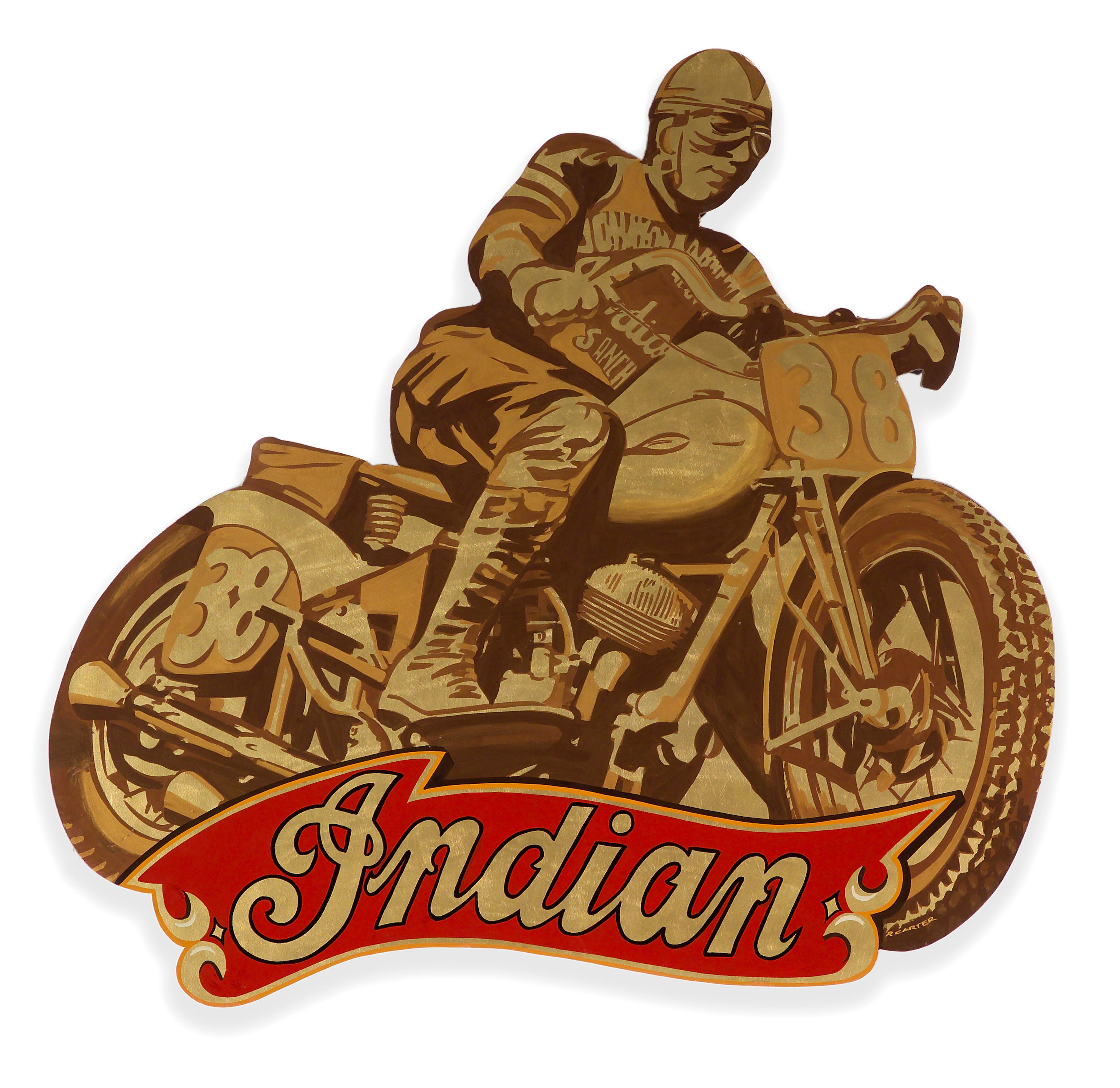
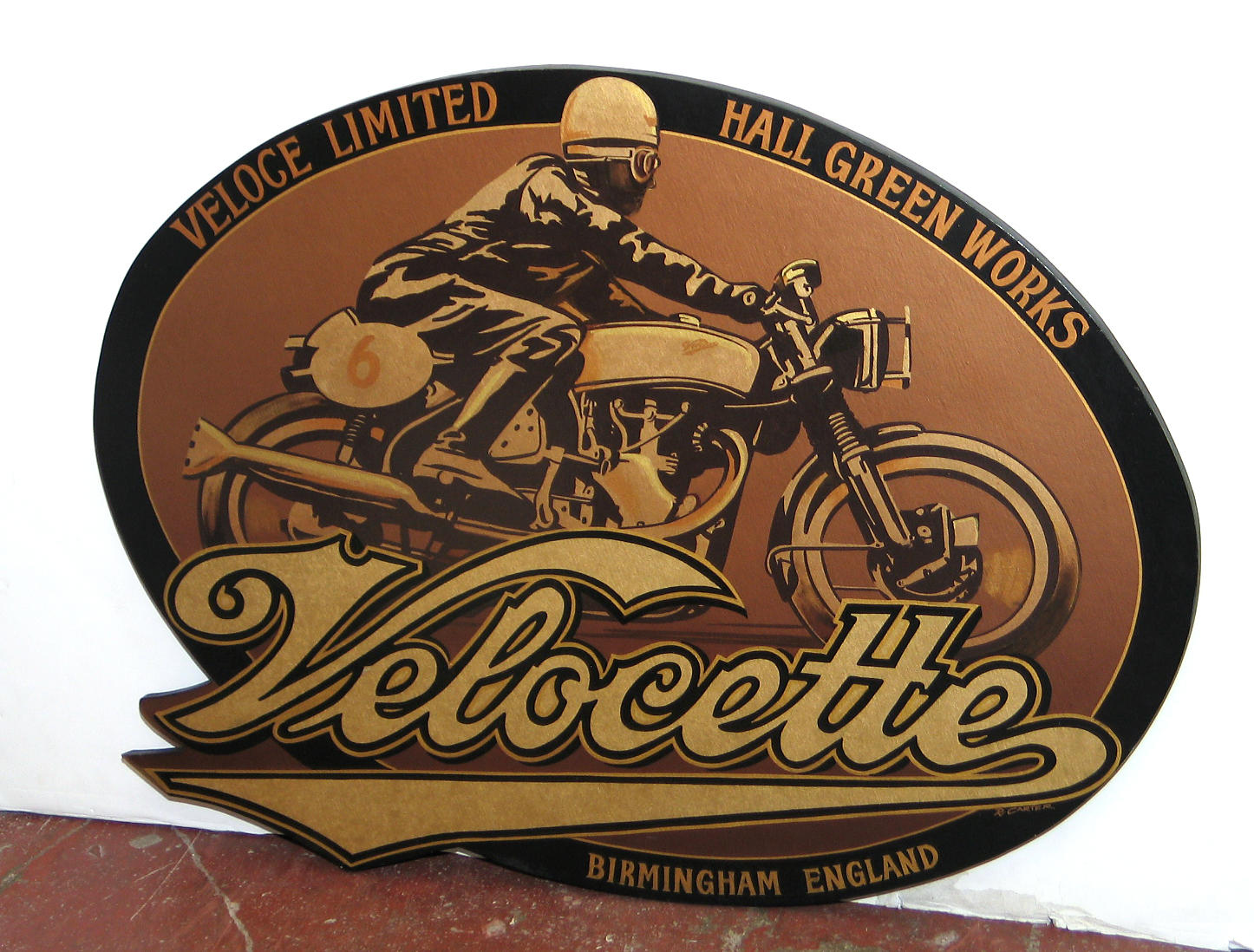
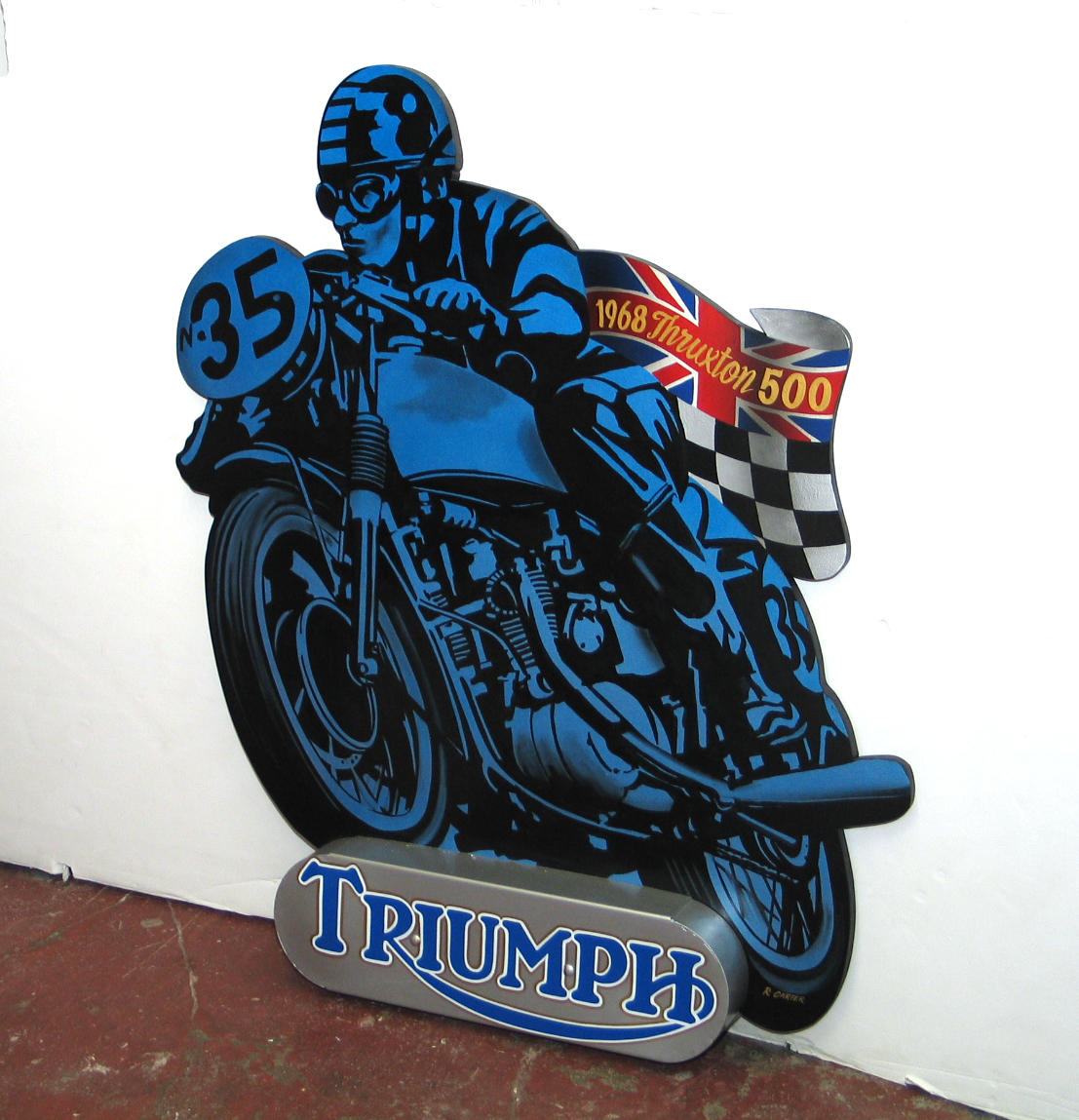
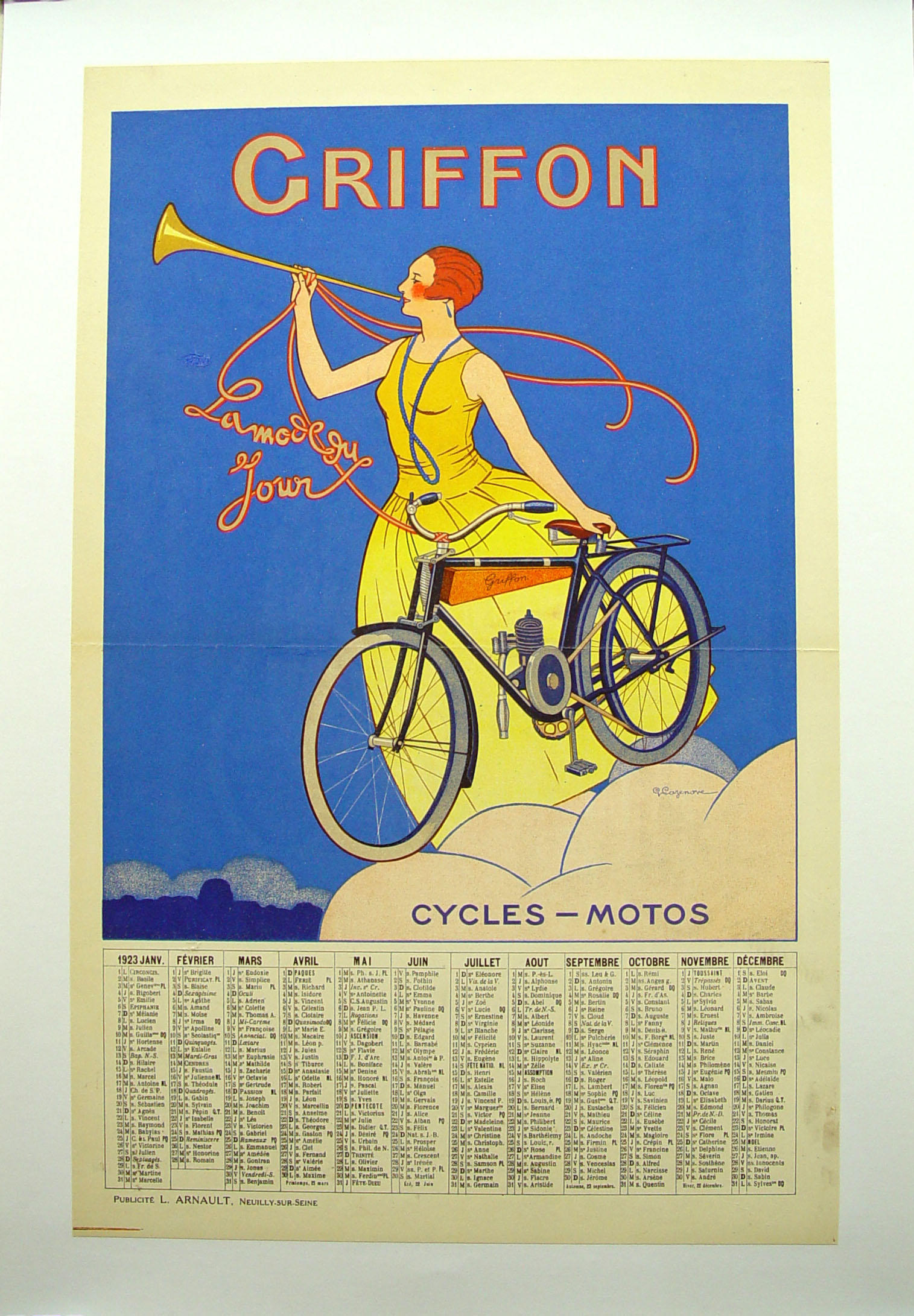
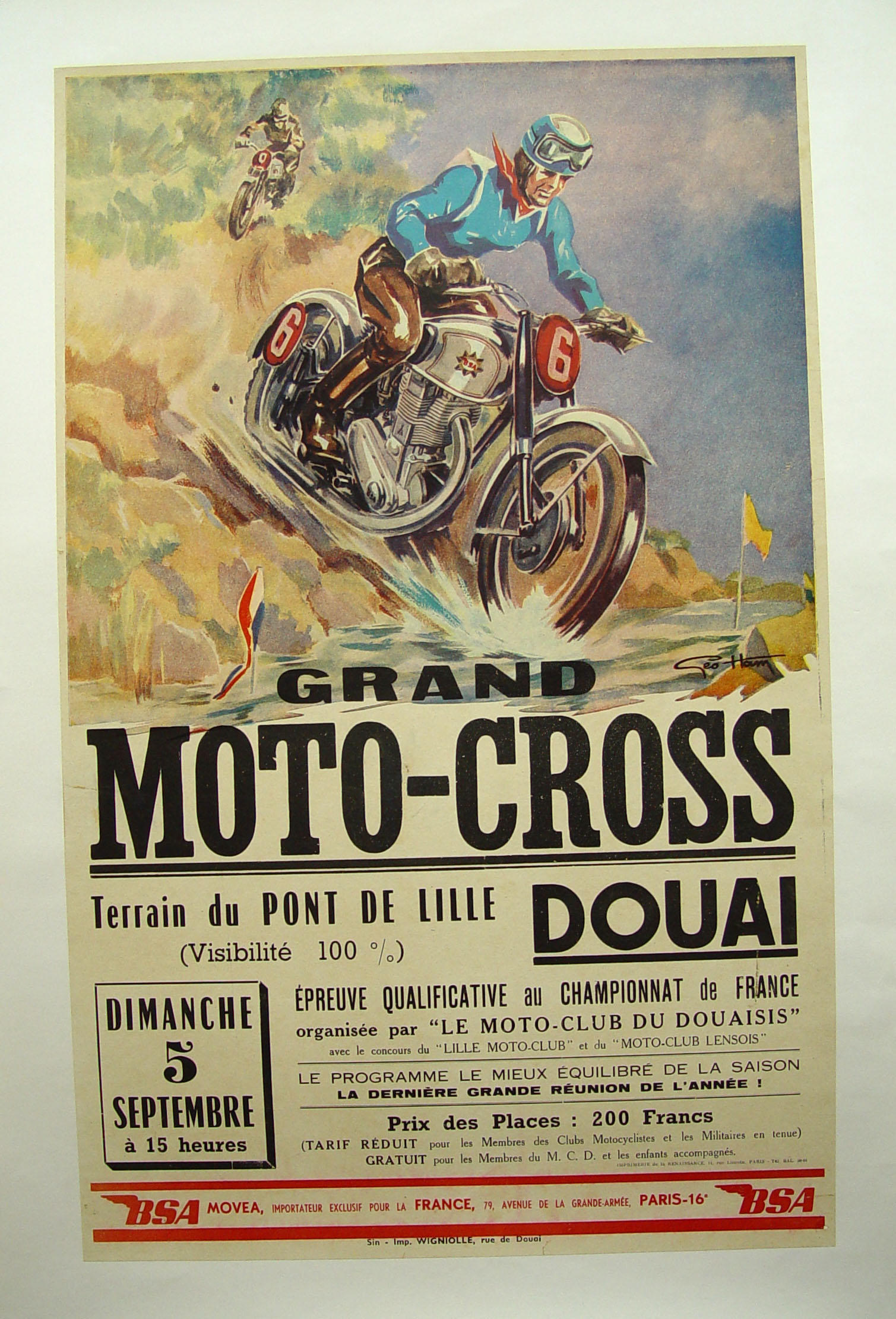
Testen Sie LotSearch und seine Premium-Features 7 Tage - ohne Kosten!
Lassen Sie sich automatisch über neue Objekte in kommenden Auktionen benachrichtigen.
Suchauftrag anlegen